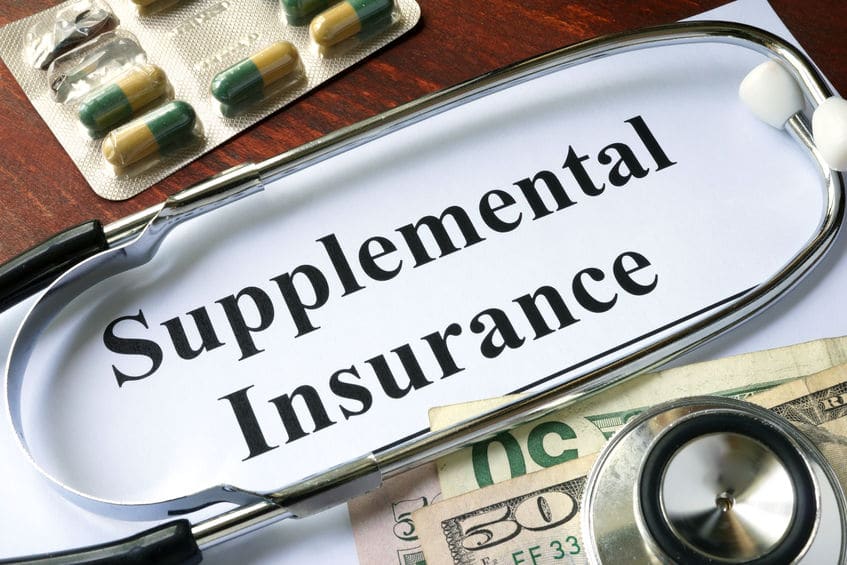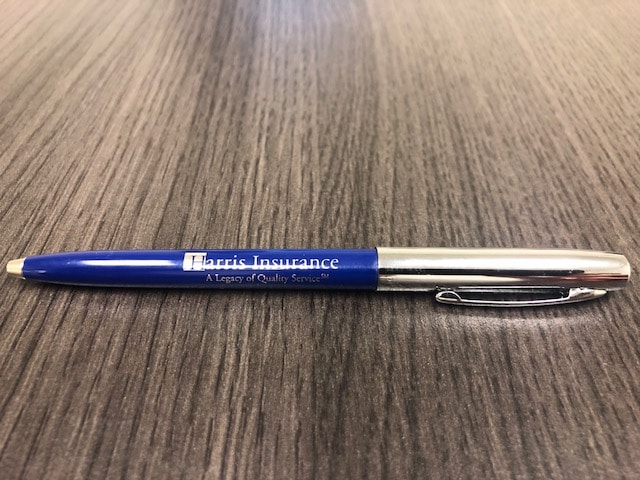
What Are Insurance Market Cycles? Soft vs. Hard Markets
All industries usually experience cycles of expansion and contraction, and this is particularly true for the insurance industry. Although cycles are not exactly the same, the insurance industry cycles typically last from two to ten years and consist of phases characterized by an expansion as well as contraction of insurance accessibility. Insurance market cycles are market-wide fluctuations in the prevailing level of insurance and reinsurance premiums. Kindly read on to understand the insurance market cycles and the difference between soft and hard markets.
What is a Soft Market?
In a “soft market”, there is intense competition between insurance companies as they aim at expanding their market share. During this period, premiums either hold steady or decrease. It becomes fairly easy to get coverage for all kinds of risk during the soft market cycle. As someone intending to buy insurance, you have a high chance of getting a variety of options to choose from and the underwriting rules are usually less stringent.
Insurance companies enter growth mode during this period as they target new prospects with cheap rates, attractive policy terms, and discounted coverage. With intense market competition, people usually move their businesses from one insurance company to another for lower rates, and the profits for the entire industry start decreasing. When focusing on growth as well as price-driven risk transfer, insurers also soften their underwriting requirements. At some point, a correction to this unsustainable practice becomes necessary and the market begins to harden.
What is a Hard Market?
During a “hard market”, positive financial results become more difficult for insurers. Challenging regulatory changes that negatively impact results take place and have profits declined. This cycle is characterized by high demand for insurance coverage but reduced supply. Insurance companies usually impose strict underwriting standards and issue a limited number of policies. Premiums are also high and insurers are disinclined to negotiate terms. There may be attrition in the insurance market as fewer players offer coverage to consumers.
In a hard market, insurers have less desire for growth and place more restrictions in the marketplace as they embark on re-evaluating their books of business, risk appetites, and the capacity they intend to present in the marketplace. To correct averse loss ratios developed during the soft market period, underwriters impose and adhere to stricter standards. This drives insurance rates high and the number of players in the market goes down.
Key Differences between a Soft Market and a Hard Market
The following are some of the key differences between a soft market and a hard market:
Insurance Cost
In a soft market, the cost of insurance, also known as premiums, is low due to intense competition between insurance companies. Insurers try to offer potential customers as well as their current customers lower rates than their competitors. On the other hand, a hard market is characterized by increased insurance premiums. During this period, competition has decreased between insurance companies due to losses incurred during the soft market cycle. Companies are trying to recover the losses and avoid making further mistakes that could result in market volatility. Insurance companies result in strict underwriting rules and the cost of insurance is driven high, making it hard for consumers to acquire coverage.
Consumer Coverage
In a soft market, insurance companies cover almost every typical insurance need. Companies are usually looking for more clients and try to increase their market share against their competitors. Due to the reduced cost of insurance and the consumer’s ease of accessing insurance, the coverage rates are high. Increased marketing of insurance policies draws more people to the insurance industry. During this cycle, insurers are also inspired to develop and market new lines of coverage or insurance products that never existed before. Thus, the consumer coverage rates are usually quite high during this cycle.
On the other hand, a hard market is characterized by lower coverage rates. Insurance companies have begun taking the necessary precautions to avoid further losses. Since the market has become volatile during the soft market, insurance companies start aiming at rectifying the situation. The cost of insurance rises and the number of people looking for coverage reduces. Insurers are also not marketing their policies as they did during the soft market. This means that consumers are not being approached constantly to buy insurance coverage. As a result, coverage goes down across the board due to reduced risk appetite.
Availability
During a soft market cycle, insurance companies have a lot of excess capital and they are willing to expand their coverage availability. This means that insurance is widely available in the market for consumers willing to be insured. Also, consumers have access to different options to choose from because companies are competing against each other.
On the other hand, a hard market is characterized by less availability of premiums. Once insurance companies spend excess capital, they become more disciplined about how they issue insurance to consumers. Insurers are unwilling to spend limited funds because they will need to process and payout claims. Some companies shift from certain geographical locations or deliberate not to insure high-risk companies or businesses. This means that companies and people find it difficult to obtain insurance coverage due to unavailability problems. Other companies are required to pay higher prices for less comprehensive coverage.
How a Hard Market Affects Consumers
In a hard market, consumers will notice higher premiums as well as stricter underwriting rules and practices that affect their insurability. Underwriting rules are what insurers use to determine someone’s risk factor, coverage limitations, and deductible levels. The insurance companies may also adjust policy terms, which may be unfavorable to consumers. The number of payment options and periods may also be changed to favor insurance companies and make it a little hard for consumers.
At Harris Insurance, we provide you with specialized insurance that is designed to help you contain and transfer the risks that are inherent in your business. We have a legacy that dates back to the 1970s, providing comprehensive coverage to businesses and individuals all over the state of Nevada. We care about your personal and business needs and we’re here to help build a package tailored to your needs. Kindly contact us today to learn more and get started.




